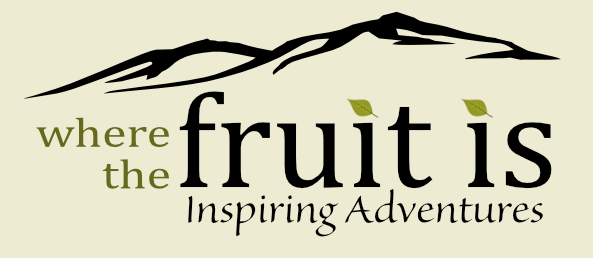Cognitive Dissonance: The Best Teaching Tool?
Cognitive dissonance. You know that feeling when a deeply seated belief you hold is shattered by new evidence?
Cognitive dissonance is a psychological phenomena that occurs when there is a clash between beliefs or a belief and evidence. Let me tell you a story. The first time I went to the far North, I took a group of students sea kayaking above the Norwegian arctic circle. It was a few days after midsummer. The journey there had been magical. Somewhere between Newcastle and Kristiansand I had watched the sun set on the West side of the ferry and fifteen minutes later pop up on the East. Driving North and heading down into Trondheim I had witnessed a horizon that had sunrise colors in the East and sunset colors in the West. Now less than a week later we had flip flopped our days because the seas were calmer at night and it was light for 24 hours. We were paddling due North, it was midnight and if I lifted my gaze above the horizon I was looking into the sun. What was going on? I knew from years of experience that the sun rises in the East, tracks through the South and sets in the West. What was the sun doing in the North? At that point I started pondering other things. Is gravity real? For every action is there an equal and opposite reaction? Does my mother love me?
Of all the teaching strategies I value using, creating cognitive dissonance is my favorite. That open-ness you experience when one innate truth is exploded leads to the potential for incredible learning. Those weeks in Norway were some of the best days of education I have facilitated and a majority of it was down to the state of cognitive dissonance that we were all experiencing. When the students and teachers are all in an expanded mindset, alchemy happens.
As parents it is a harder state to create than for a teacher, mainly because most of our children’s limiting beliefs are down to our own actions and words. However, when you can help a child who believes they are afraid of heights walk along a precipice and enjoy the experience. Or another who thinks that hard work is soul destroying come alive from the products of their industry. Then that is what you are doing. When you see the resultant cogitation, strike. The iron is hot and they are in a place to explode other myths.
I love outdoor education it naturally lends itself to this kind of teaching. There is a satisfaction from talking to children who believe that words out of an adults mouth are to be ignored. The foundation is often set when I advise them to bring a coat because it will rain and they will get cold. When they do get cold and wet because they chose to ignore me, they pay a little more attention next time. Each time I give them information that is useful to them they learn to trust me a little more. That is when there is a chance that their limiting belief can be evolved. What I find is that nature has a way of bringing children to cognitive dissonance fairly naturally. Moving faster does not necessarily help you reach your destination quicker. Independence does not often make your life easier. Choosing the low road does not always bring the best result. These lessons tend to naturally present themselves and they are often very significant and memorable for the children. If the children are helped to make the connections for themselves rather than having it explained to them, then, we see the blossoming we are looking for.
So as parents how do we create disequilibrium, so that our children can reach this state? I will throw that one back at you because you know your children better than anyone else. What I do know is that it becomes a lot easier when we know the values and characteristics we want our children to experience and experiment with.
How are you going to create some cognitive dissonance for your children today?

